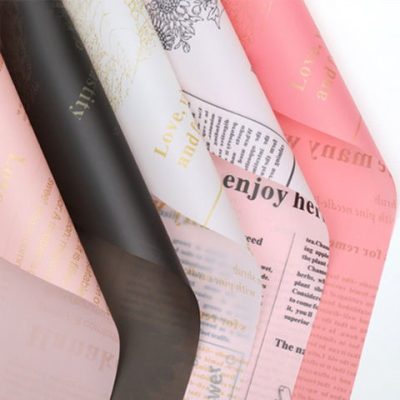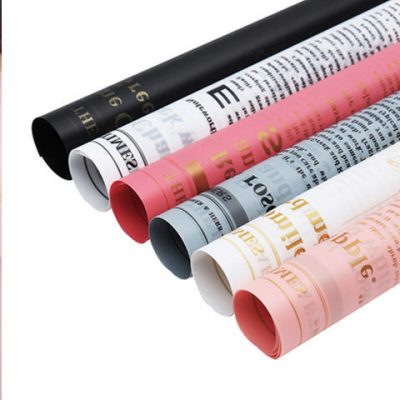First of all, let’s understand what packaging printing is? Packaging printing refers to printing decorative patterns, patterns or words on packaging to make the product more attractive or more descriptive. Generally speaking, the quotation of customized packaging box needs to be quoted according to the process required by the customer, so what are the processes for packaging and printing?
1 Hot stamping: The scientific name is called hot stamping transfer printing, referred to as hot pad printing, commonly known as hot stamping and hot silver. On the other hand, there is a cold printing.
2 UV: It is ultraviolet light, UV is the abbreviation, “UV transparent oil” is the full name, and it is only by ultraviolet radiation that the ink can be dried and cured. UV is usually a screen printing process, and now there is also offset UV.
3. Embossing and embossing: the scientific name is embossing, and the process of forming patterns by making local changes in the printed object by pressure is a process of pressing the metal plate to become the plate and the bottom plate after the metal plate is corroded. Divided into cheap ordinary corrosion version and expensive laser engraving version.
4 Beer: Cantonese pronunciation is “turtle”, which means die-cut.
5 Jin Cong: Just put a layer of glue on the paper, and then sprinkle gold powder on the glue.
6 YO: It is a spring-like object, mostly plastic. It is generally used on the spines of calendars and notebooks to connect pages.
7. Glue: Laminate a layer of transparent plastic film on the printed paper, including crystal film, light film and matte film, which are called differently in many places and are not environmentally friendly.
8 Pinhole: Also known as needle and thread, dental floss, it is to press a semi-connected line to the paper, which usually appears at the opening of the package.
9. Hole punching: It is to make a hole for a piece of paper or N pieces of paper according to the required size. There is a special punching machine.
10 Flocking: It is to brush a layer of glue on the paper, and then paste a layer of material similar to fluff, so that the paper looks and feels a little flannel.









